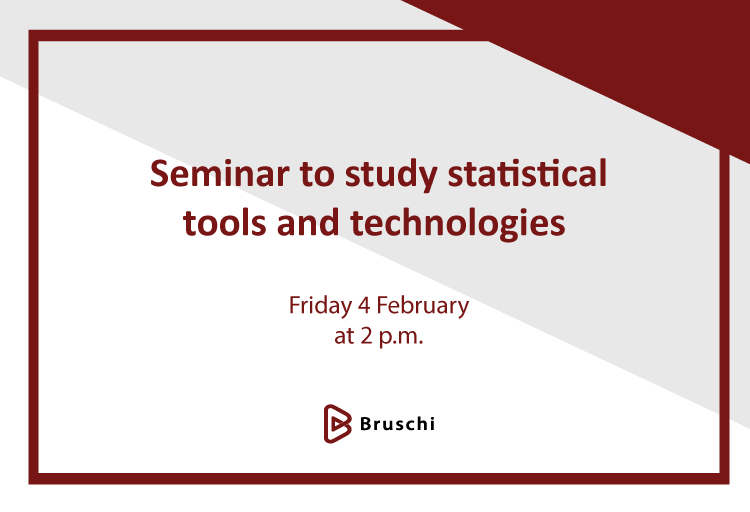Seminar to study statistical tools and technologies starting from the success story in the automotive sector

The statistical tools and technologies seminar will be held on February 4th, 2022, at 2.00 pm.
Bruschi's project will be presented, curated by the Senior Process Engineer of the Roberto Rodolfo Gaggianesi group, with an introduction to the problem and molding technologies.
Eng. Gaggianesi was able to develop the project with the contribution of the company HH & Partners, managed by Eng. Fabio Zurlini, university professor of Bologna and leading expert in statistics, Eng. Ciro Caramiello, leading expert in superalloys fluid dynamics.
The seminar - Industrial revolution 4.0: from reactive processes to predictive processes
The in-depth seminar will have the following program:
Eng. Roberto Rodolfo Gaggianesi, BB - Senior Process Engineer of Bruschi:
- Introduction to the problem and molding technologies.
Eng. Fabio Zurlini, BPP Director - of HH:
- Multiple regression and analysis of variances.
- Design of experiments
Eng. Ciro Caramiello Phd - from HH:
- Characterization of injection, energy, and slope curves through derivative and integral mathematics.
- Predictive analytics and artificial intelligence.
Engineer Dario Pirollo of Tim:
- Edge computing and industrial 5G.
The Bruschi project
Bruschi's project consists of a statistical process analysis processed on an automotive component of an important Tier 1 customer and performed through the Minitab statistical software.
The project is distinguished by the strategic use of the data obtained to transform a high-pressure die-casting HPDC process into large-scale automotive production, moving from a traditional reactive feedback control system to a proactive machine learning perspective.
The HPDC process consists of several different stages. The first three are the injection stages. Compression and finally solidification follow.
During the machine's initial setup, a DOE was performed with the response surface method to set optimal PV values with a quick correction approach. That revolutionized the traditional One-factor-At-a-Time configuration, and later IV injection curves were used to modify the car's behavior.
This second step overcame the logic of experimental space by combining a statistical approach with a fluid dynamic understanding of the system to introduce controllable IV-based predictors characterized by descriptive parameters.
The new algorithm introduces a predictive approach that transforms the current feedback logic.
In conclusion, the project could lead to 3 significant transformations in the sector:
- The use of a DOE (RSM) approach instead of the traditional One-factor-At-a-Time approach during run-off;
- Possible data-based mold modifications;
- Shift from traditional feedback control to a real-time feed-forward approach.
Would you like to know more? Contact us on our website!
